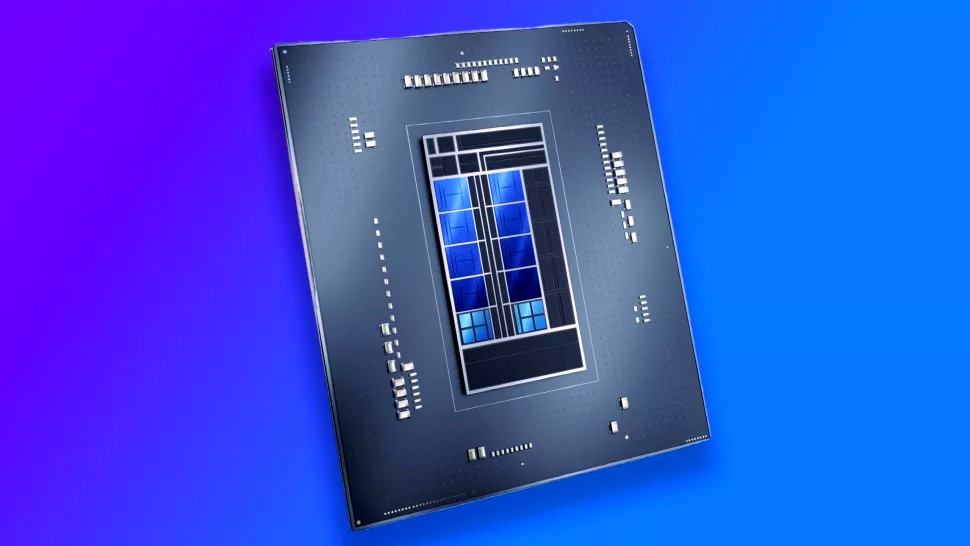The fluctuating saga of 12th Gen AVX-512 support appears to be off for good this time. According to an Intel spokesperson: “Although AVX-512 was not fuse-disabled on certain early Alder Lake desktop products, Intel plans to fuse off AVX-512 on Alder Lake products going forward.”
The AVX-512
When Intel launched its 12th Gen range back in November, the AVX-512 was not enabled and the fiasco was accepted by a majority of the tech press. As per Intel, it wasn’t enabled due to the inclusion of two different architectures—the E cores did not support it although the P cores did.
Motherboard manufacturers used this bit of knowledge to cheekily allow users to enable AVX-512 after disabling the E cores. As a result, Intel issued new BIOS microcode to close off this loophole. However, that wasn’t the end of it, as MSI released a BIOS that got around the block. That leads us to Intel’s decision to fuse off AVX-512 in silicon.
Irrelevant to Users in Certain Apps
It’s the nuclear option, and it means no more workarounds to enable AVX-512 support. Users will still have the option if they are using an earlier batch 12th Gen CPU and don’t update their BIOS, but in a month or two or three from now, all 12th Gen stock will have AVX-512 blocked off completely.
AVX-512 instructions aren’t really relevant to gamers but in certain applications, they can result in dramatic performance gains. Some, like Linux creator Linus Torvalds, hate it. Its use leads to excessive power consumption and heat generation, and perhaps Intel decided that the PR hit from nuclear reactor memes wasn’t worth the trouble anymore. But that might not be the end of AVX-512 for consumer CPUs. There are rumors that AMD will include it in its upcoming Zen 4 CPUs. That would be a twist.
Steady Decision to Remove Feature
According to a motherboard manufacturer, Intel’s decision to remove the feature was made late in the design stage. That upset some in the industry as motherboards were designed with steep AVX-512 power requirements in mind. That doesn’t matter with premium boards but it adds expense to lower-tier models which are already more expensive due to various supply chain issues.
AVX-512 support isn’t the only thing Intel is unhappy with. There’s also non-K overclocking, though the feature is so far limited to expensive motherboards that are unlikely to be paired with cheap CPUs in meaningful numbers. If a vendor were to release a cheaper B660 DDR4 motherboard that could do it, it would make me and a lot of gamers very happy, but Intel would likely be stirred into action again.
Also Read: Nvidia hackers target Samsung, release 190GB of sensitive data














